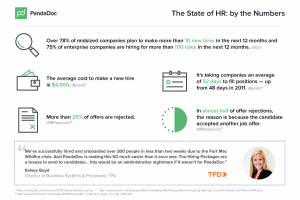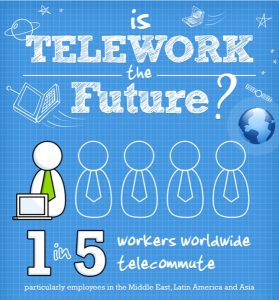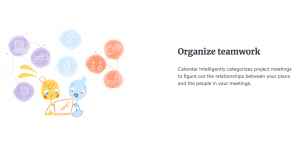Improving customer service is obviously the main reason companies use omni-channel contact center applications, but what’s less obvious is how companies can create environments and offer services that truly enrich the customer experience. A look at three key trends shaping the contact center industry in 2015 is one way to see how your contact center strategy is measuring up.
1 – Empowering the At-Home Agent. Savvy businesses recognize that while outstanding customer service is the end goal of the contact center, achieving this goal starts with focusing on agents. Research from Customer Contact Strategies estimates more than 80% of contact centers are now utilizing home agents and research from the National Association of Call Centers revealed that more than 70% of companies currently supporting at-home agents plan to increase their numbers in the future. Ovum expects the number of home-based customer service agents to grow at a CAGR (compound annual growth rate) of more than 36% and by next year, and Global Workplace Analytics estimates 63 million Americans will be telecommuting by 2016. While the at-home-agent trend offers businesses a much larger pool from which to find quality contact center candidates, it also creates new challenges for ways employers will need to monitor the performance and productivity of their agents.
2 – Mobility. Mobility and BYOD (bring your own device) are hot trends in nearly every market, and contact centers are no exception. Coupled with the at-home agent trend described earlier, mobility is becoming even more important in the contact center market than ever before. According to the latest research from Statistica there are approximately 183 million smartphone users in the United States and that number is projected to approach 197 million by the end of 2016. With such a massive infrastructure already in place, it’s likely that we’re going to see a significant expansion of mobile-based customer service applications this year and beyond. For example, companies are increasingly realizing that smartphones offer a readily available tool for customers to send images or videos of product issues directly to service representatives, which facilitates efficient communication and call resolutions.
3 – Workforce Optimization. As the contact center continues to sprawl beyond the four walls of the traditional call center, agents are becoming geographically dispersed, and the mobile channel continues to grow, contact center managers must find new ways to optimize their workforces. A big part of this trend is an emphasis on “first contact resolution,” solving the customer’s issue during their first interaction. Historically, in a traditional contact center, agents and managers could “walk across the aisle” to determine who to escalate an unresolved call to. In today’s “hybrid contact center environment,” the best person to leverage may be hundreds or thousands of miles away. This means that contact centers will become more heavily reliant upon best skills routing, combined with collaboration tools that join agents with experts in real-time. Breaking down traditional contact center boundaries enables better customer service and a better customer experience, a primary goal through 2015 and beyond.
While these three trends may provide only a small snapshot into companies’ contact center work cultures, technologies, and business practices, what they do reveal is highly important. All three trends point to the fact that contact center agents work very closely with your customers, they play a critical role in customer satisfaction, and their own satisfaction and experience — just like your customers —should be a top priority.
(244)






